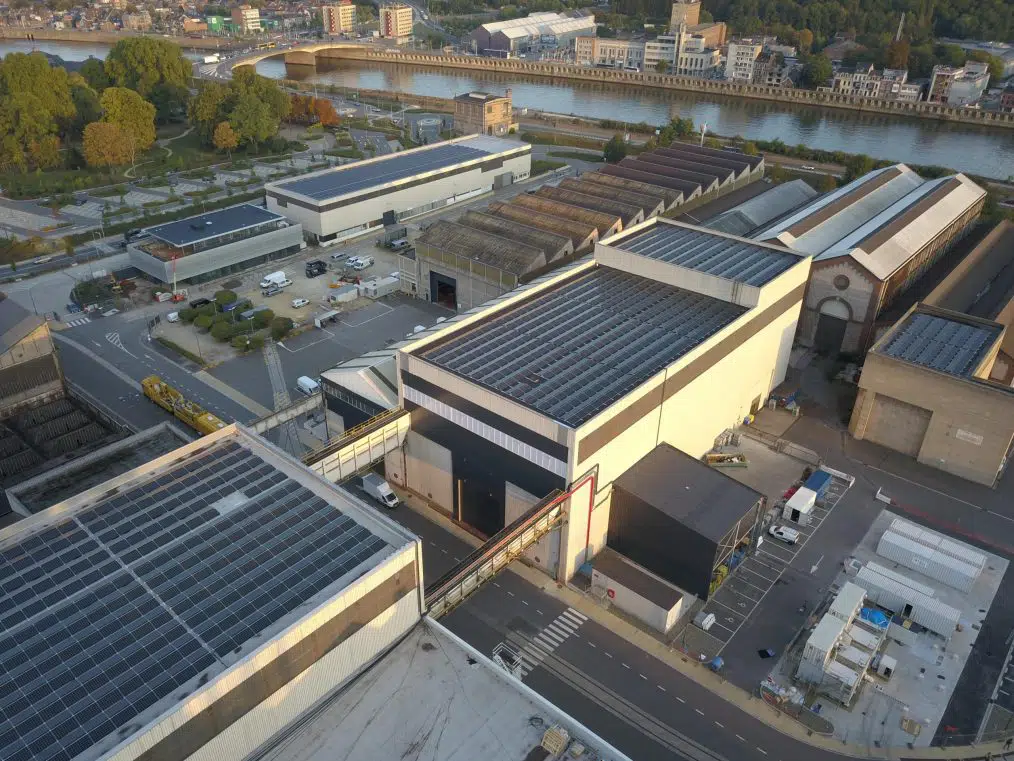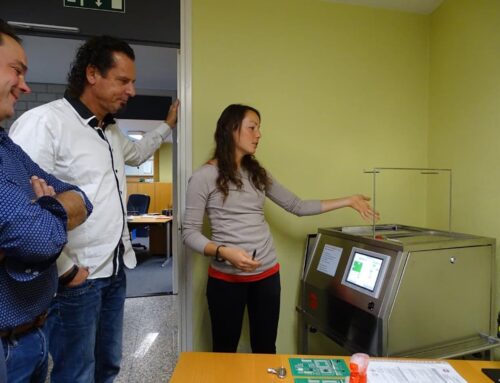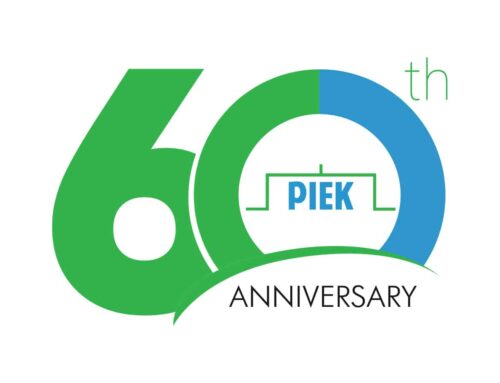Founded in 1817 the John Cockerill Group develops large-scale technological solutions to meet the needs of its time, driven by the entrepreneurial spirit and passion for innovation of its founder. It is active in the conservation of natural resources, contributions to greener mobility, sustainable production methods, the battle against security risks and the facilitation of access to renewable energy.
What the John Cockerill Group contributes to companies, governments and communities consists of devices and services in the field of energy, defence, industry, environment, transport and infrastructure. With its 6,000 employees John Cockerill made a €1.26bn turnover in 22 countries across five continents in 2019.
PIEK is the go-to partner for the John Cockerill Group when it comes to educating its employees. Recently three staff members were present for courses at PIEK’s head office, and not for the first time. PIEK spoke to one of them about the company, the jobs and the PIEK courses. He is called Michael Santamaria, he has been working for John Cockerill for three years as an engineer in the field of electronic design. His core tasks relate to PCB design and PCB testing. ‘We work in a young and highly motivated team focused on the development of various products,’ he says. ‘I start by making an architecture to identify the mains functionalities of the future PCB. After the architecture has been agreed on, I identify the mains components and start the schematic design. When the schematic is finished, I start working on the design of the printed circuit board. Next, everything is validated through a design review with the hardware team. Finally, a prototype is made, and this too is validated by means of multiple tests in the electronics laboratory.
When asked what their work will look like in a few years´ time, Michael says: ´What we are seeing is that the components used are getting smaller and in more complex packages, because we need to create smaller PCBs with more components. So, there will be other equipment to be able to mount these small components. It will also become tougher and more complex to design the PCBs because high speed interfaces are going to be used. The same also goes for production, testing, etc.’
‘We are now with PIEK for a three-day course in the field of Qualified Rework & Repair Specialist – Ball Grid Arrays (BGAs) and Bottom Termination Components (BTC). It is a mouthful, but for us it is a really interesting, eye-opening course. While taking the course we also get the opportunity to use all the equipment available at the PIEK training site. This means that we can check straight away which equipment would be best suited for our own jobs back home. Our instructor is very motivated and experienced. You see at a glance that he brings a lot of knowledge to the table, and he is able to translate this into practical examples.’
While lunch is being brought in, we say our goodbyes and the three men of the John Cockerill Group go off to enjoy their healthy meal.
The Qualified Rework & Repair Specialist – Ball Grid Arrays (BGAs) and Bottom Termination Components (BTC) course comprises the following parts: Introduction Ball Grid Array, BGA Re-balling, X-Ray Inspection BGAs, Re-balling Ball Grid Array, BGA Pad Repair and Modification, as well as a practical part in which the course members can independently work on and work with the items that have just learned.










